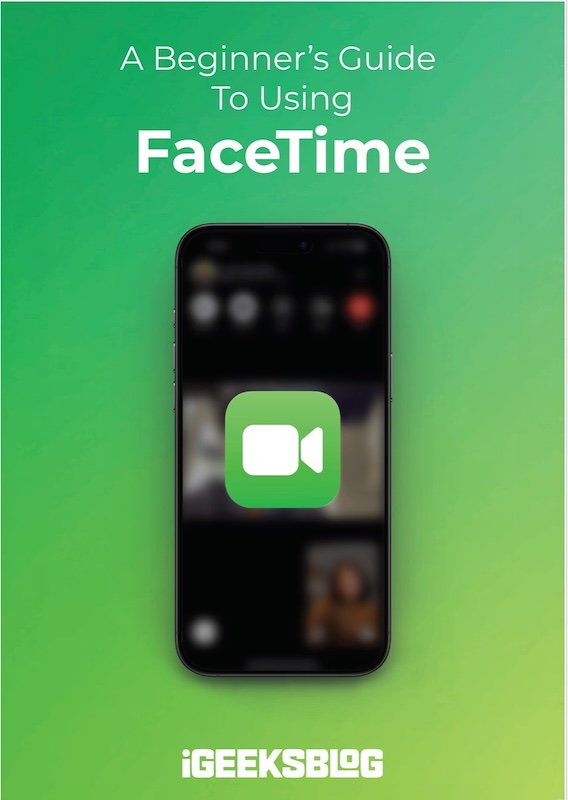
FaceTime Like a Pro
Get our exclusive Ultimate FaceTime Guide 📚 — absolutely FREE when you sign up for our newsletter below.

FaceTime Like a Pro
Get our exclusive Ultimate FaceTime Guide 📚 — absolutely FREE when you sign up for our newsletter below.
When the sun is out, you might enjoy yourself in the water. Unfortunately, dropping your AirPods in water might ruin your beautiful day.
If you panic and put your AirPods and the charging case in a bag of rice, then you’re doing it wrong. This guide will tell you what to do if you drop your AirPods in water. So, let’s not waste any time and get on with it.
Apple has released six AirPods models to this date, and the AirPods 1st and 2nd generations and AirPods Max don’t have any IP rating. However, you get to see IPX4 water and sweat resistance on the AirPods Pro, 2nd-generation AirPods Pro, and 3rd-generation AirPods. Also, we can assume that the upcoming AirPods models will have water and sweat resistance.
The IP rating signifies if a product can withstand dust and water on different levels. That said, there’s a difference between water resistance and waterproofing. Water resistance can prevent water from getting inside the product, whereas waterproofing indicates the product withstands extended periods of submersion in water.
AirPods with water and sweat resistance can resist water splashes but can’t stop water from getting inside since they aren’t waterproof or sweatproof. Furthermore, the resistance decreases with regular usage as the seals get weaker over time.
When it comes to charging options, no charging cases are water resistant, except the 3rd-generation AirPods’ charging case, which is water and sweat-resistant.
Note: You can’t claim a warranty (not even Apple Care+) if your AirPods get liquid damage.
Now that you’ve understood the difference between water resistance and waterproofing, let’s look at the first things you need to do right after your AirPods fall into the water.
As soon as you take the AirPods out of the water, you’ll need to clean them with a dry cloth; it could be a dry towel, a microfiber cloth (recommended), or a napkin.

However, you should use a slightly moist cloth if juices or something similar fall on your AirPods. Remember to clean only their surface and not push the water inside; otherwise, the chance for damage will increase.
You can also take a cotton swab and clean the AirPods charging case with little to no pressure. Also, don’t insert anything pointy inside the charging port since it houses tiny connectors required for charging.

If you dropped your AirPods charging case along with the AirPods, placing them upside down with the lid open and not touching it for a few hours is best. Doing this will drip the excess water from the AirPods case.
Before ejecting water from your AirPods, remove the silicon tips if you’ve AirPods Pro and change a few AirPods settings.

Remove the AirPods from your ear and keep them aside. There’s a way to eject water from your AirPods: the Siri shortcut.
Caution: Don’t insert the AirPods in your ears when ejecting water. The high-frequency audio might damage your ears, and the water discharged from your AirPods can cause ear infections.


You’ll hear a sound from your AirPods for about 12 seconds, and it will eject water. Alternatively, you can invoke Siri and say, “Water eject,” and it’ll run this shortcut.
You’ll do more harm than good if you plan to put your AirPods in uncooked rice because dust, starch, and even tiny grains of rice can get into your AirPods and cause more problems further.

Instead, you can use desiccant or silica gel packets to dry the remaining moisture from your AirPods and leave them for a day. They can even absorb a tiny amount of water, and that’s why you see them in some devices’ packaging.
If you don’t find silica gel packets, you can get some crystal-based cat litter from a pet store comprising the same component as silica gel.
You can place your AirPods under a fan or in a slightly warm room to let them dry faster. As mentioned above, put them upside down to allow sufficient airflow.
It would be best if you didn’t overheat them, or it’ll damage your AirPods permanently. Also, avoid putting them under direct sunlight or in a microwave oven.
After drying your AirPods for 24 hours or more, you should check your AirPods to see if they’re working or not. Connect them to your Apple devices using Bluetooth and listen to a few of your favorite songs.
If they sound right, you’re good to go, but I recommend you not use them for another day to eliminate any leftover moisture in your AirPods.
Your hopes are pretty limited if your AirPods aren’t working even after all these steps. You can wait another day or two to see if they’re working fine; if they aren’t, it’s time to get a replacement.
If you’re confused about which one to get, this AirPods 3rd Gen and AirPods Pro comparison should give you a better idea of two of my favorite devices.
If you want to ensure that your AirPods don’t suffer water damage, follow these recommendations below.
Wrapping up…
AirPods are a great companion to your Apple devices for listening to music. These were a few essential things you had to do after dropping your AirPods in the water. Follow the above tips to avoid doing so.
Also, clean your AirPods regularly before putting them into the case. Get Apple Care+ for your AirPods if you want to worry less about them.
Read more: